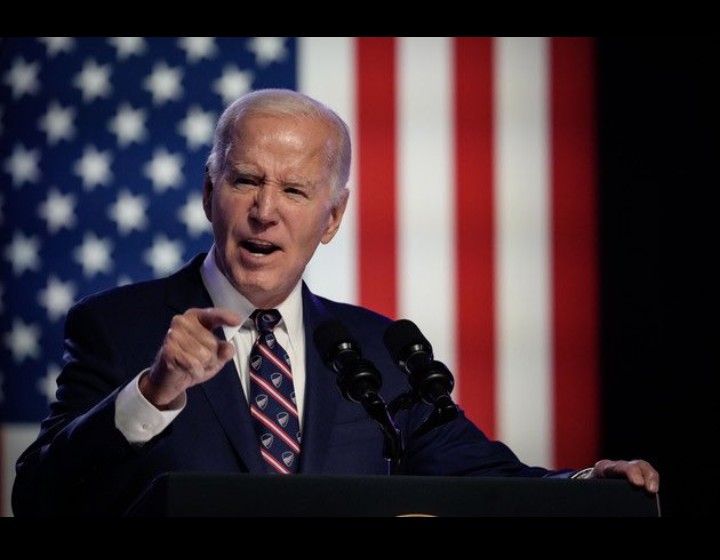The American-led strikes came in response to more than two dozen Houthi drone attack.
The United States and five of its allies on Thursday carried out military strikes against more than a dozen targets in Yemen controlled by the Iranian-backed Houthi militia, in an expansion of the war in the Middle East that the Biden administration had sought to avoid for the past three months.

The American-led air and naval strikes came in response to more than two dozen Houthi drone and missile attacks against commercial shipping in the Red Sea since November, and after warnings to the Houthis in the past week from the Biden administration and several international allies of serious consequences if the salvos did not stop.
Airstrikes were carried out on Thursday against targets linked to the Houthi militia, including airports, military bases and weapon storage areas.
On Thursday night, President Biden called the strikes a “clear message that the United States and our partners will not tolerate attacks on our personnel or allow hostile actors to imperil freedom of navigation in one of the world’s most critical commercial routes.”
In a statement, he warned: “I will not hesitate to direct further measures to protect our people and the free flow of international commerce as necessary.”
But the Houthis have defied earlier American ultimatums, vowing to continue their attacks in what they say is a protest against Israel’s military campaign in Gaza.
More than 2,000 ships have been forced to divert thousands of miles to avoid the Red Sea, causing weeks of delays, Mr. Biden said. On Tuesday, American and British warships intercepted one of the largest barrages of Houthi drone and missile strikes yet, an assault that U.S. and other Western military officials said was the last straw.
Biden officials said they had telegraphed what was coming for weeks. But the strikes, they said, were meant more to damage Houthi capability and to hinder the group’s ability to strike Red Sea targets, rather than to kill leaders and Iranian trainers, which could be viewed as more escalatory.
The strikes hit radars, missile and drone launch sites, and weapons storage areas, Defense Secretary Lloyd J. Austin III said in a statement. Pentagon officials said late Thursday they were still assessing whether the strikes were successful, and emphasized that they had sought to avoid any civilian casualties.
Thursday’s attack drew the United States more deeply into a conflict that ignited after Hamas attacked Israel on Oct. 7 and killed 1,200 people, according to Israeli officials. The Israeli response has so far killed more than 23,000 people in Gaza, according to health authorities there.
Some American allies in the Middle East, including the Gulf nations of Qatar and Oman, had raised concerns that strikes against the Houthis could spiral out of control and drag the region into a wider war with other Iranian proxies, such as Hezbollah in Lebanon and Tehran-backed militias in Syria and Iraq.
But on Thursday, the United States decided to act. Britain joined the United States in the attack against the Houthi targets as fighter jets from bases in the region and off the aircraft carrier Dwight D. Eisenhower struck targets with precision-guided bombs.
“The United Kingdom will always stand up for freedom of navigation and the free flow of trade,” Prime Minister Rishi Sunak said in a statement.




